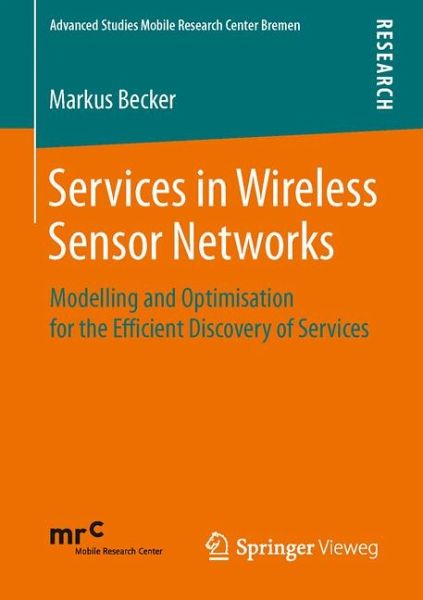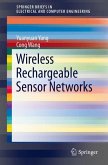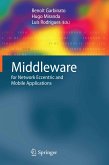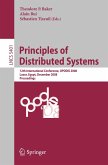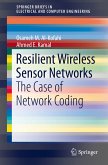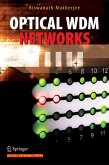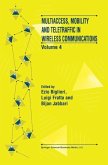In recent years, originally static and single purpose Wireless Sensor Networks have moved towards applications that need support for mobility and multiple purposes. These heterogeneous applications and services demand for a framework which distributes and discovers the various services, so that other pieces of equipment can use them. Markus Becker studies, extends, analytically models, simulates and employs the so called Trickle algorithm in measurements in a Wireless Sensor Network testbed for the service distribution. The obtained results apply to the application of the Trickle algorithm at lower protocol layers, e. g. for routing, as well. Given application delay requirements, the author derives the realizable distances and number of nodes for two network topologies from the 95 percentiles obtained by simulation.
Contents
- Wireless Sensor Networks
- Service Distribution
- Trickle Algorithm
- Simulation, Analytical Modelling and Measurements
Target Groups
Researchers, students and practitioners from the fields of information and communication technology as well as wireless sensor networks
The Author
Markus Becker completed his doctoral degree at the Communication Networks Group of TZI (Center forCommunication and Information Technology), University of Bremen, Germany. His research interests include wireless sensor networks, Internet, protocols, simulation and logistical applications.
Dieser Download kann aus rechtlichen Gründen nur mit Rechnungsadresse in A, B, BG, CY, CZ, D, DK, EW, E, FIN, F, GR, HR, H, IRL, I, LT, L, LR, M, NL, PL, P, R, S, SLO, SK ausgeliefert werden.

